This is the fourth problem in a decision-forcing case study. Before engaging it, you will probably want to read the pieces that set the scene and work through the first three problems. These can be found by means of the links posted below.
Background Posts
Previous Problems
Historical Solution to the Third Problem
The activity of British armored cars in front of the two reconnaissance battalions worries you. Nonetheless, you take comfort in reports from the radio intercept service that there is no sign of the movement of British forces out of their bases in Egypt.
The Fourth Problem
It is now 1750 on the afternoon of 18 November 1941.
Both reconnaissance battalions report that, beginning at noon, they have encountered large numbers of British tanks. After exchanging fire with this tanks, both reconnaissance battalions withdrew five kilometers to the north.
The British tanks in front of the 33rd Reconnaissance Battalion are moving to the northwest. Those in front of the 3rd Reconnaissance Battalion are moving north.
The 3rd Reconnaissance Battalion also reports that, at 1700 on 18 November 1941, it counted two hundred British tanks moving north. In response to this sighting, it also made a second withdrawal to the north, this one of seven kilometers.
The Savona Infantry Division, which is in charge of the border forts, reports that, soon after dawn on 18 November 1941, British artillery bombarded, and British infantry approached, the forts on each end of the line.
The commanding general of the 21st Armored Division informs you of his desire attack the British tanks from the west, using a battle group built around his two tank battalions. (At this point, the 21st Armored Division has been detached from the Africa Corps. Thus, rather than reporting to you, the commanding general of that formation reports directly to General Rommel.)
What, General Crüwell, do you do?





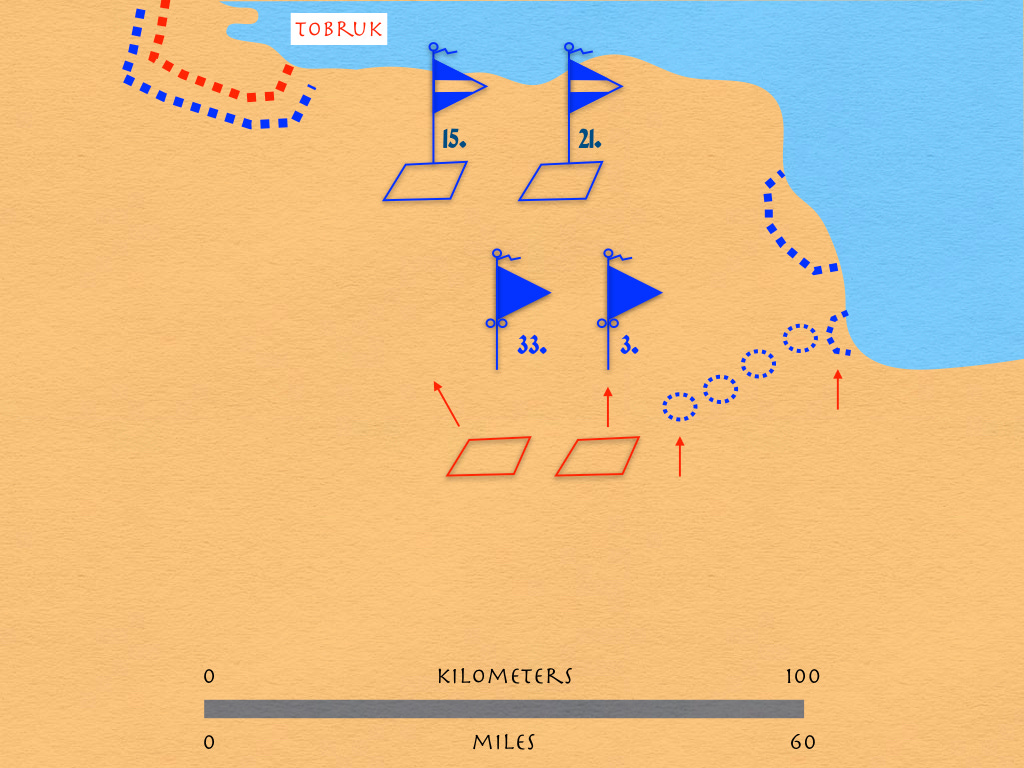
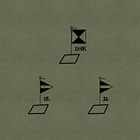

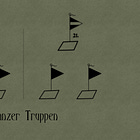
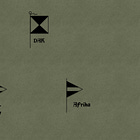
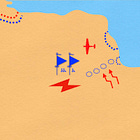
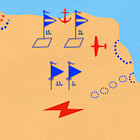
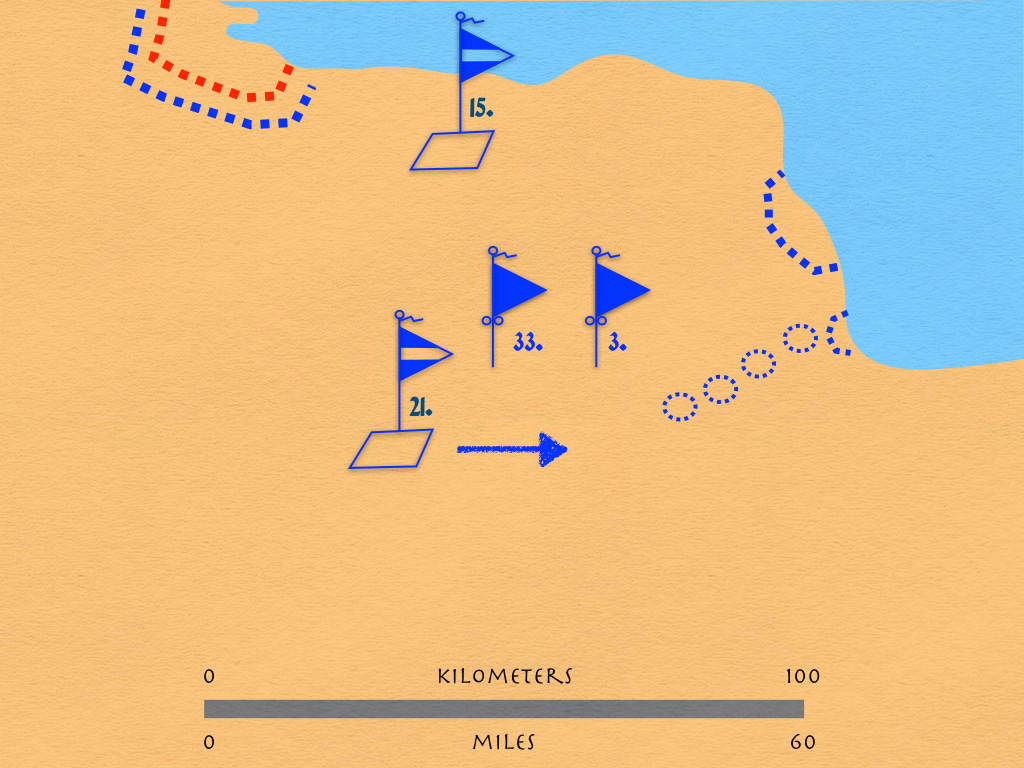
1. Continue preparations for DAK’s primary mission of attacking and capturing Tobruk. While defeating the British attack is properly the mission of Panzer Gruppe Afrika, DAK continues reconnaissance patrols to prevent British forces surprising and attacking DAK units from either the south or the west. Add air reconnaissance sorties to this effort as soon as feasible.
2. Closely monitor the progress of 21st Panzer Division’s attack and any additional sightings of British forces by 3rd or 33rd Reconnaissance Battalions or anyone else. Ensure the DAK liaison team at Panzer Gruppe Afrika keeps you and your staff updated as well.
3. Ensure DAK liaison teams with Italian XXI Corps keep the Corps Commander and his staff updated on the current situation and keep you and your staff informed on what Italian XXI Corps is doing, as well as any sightings of, or engagements with, British forces. If no liaison teams were previously sent, exchange liaison teams with Italian XXI Corps now.
4. Give 15th Panzer Division a be prepared to mission to attack to destroy British forces to the south or southeast of DAK and Italian XXI Corps in the event 21st Panzer Division’s attack is unsuccessful or British forces out flank them and Italian XXI Corps.
Anticipate using a regimental sized task force (panzers, panzer grenadiers, artillery, pioneers, anti tank and anti aircraft) given the number of British forces reported.